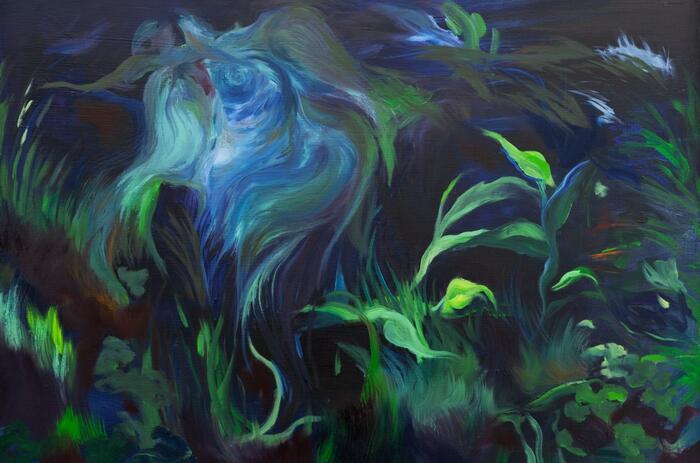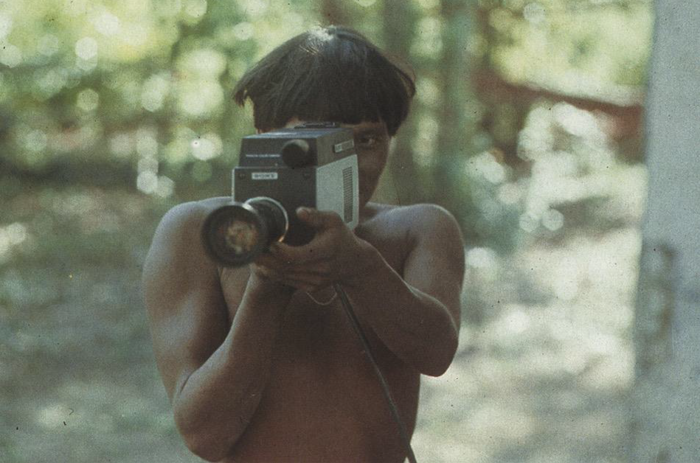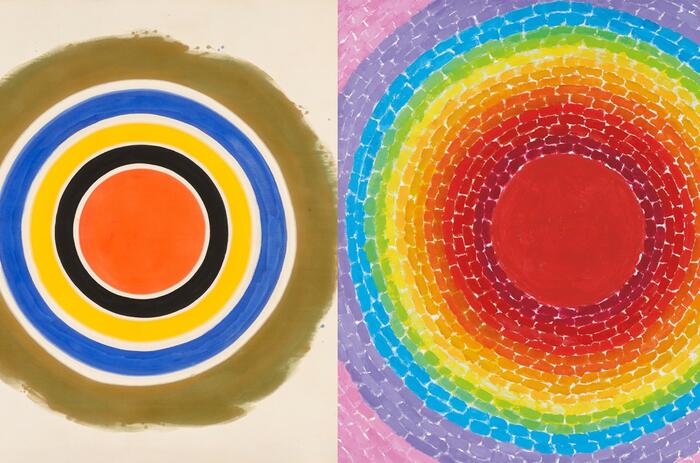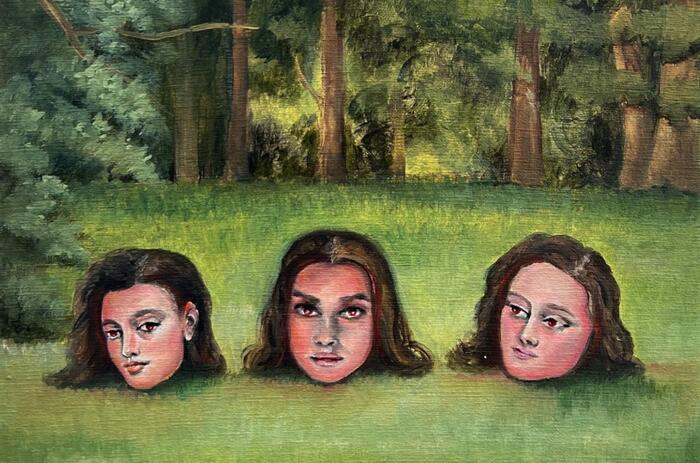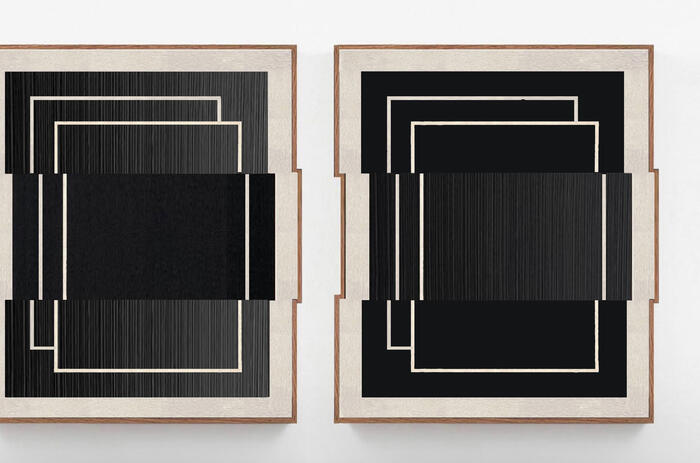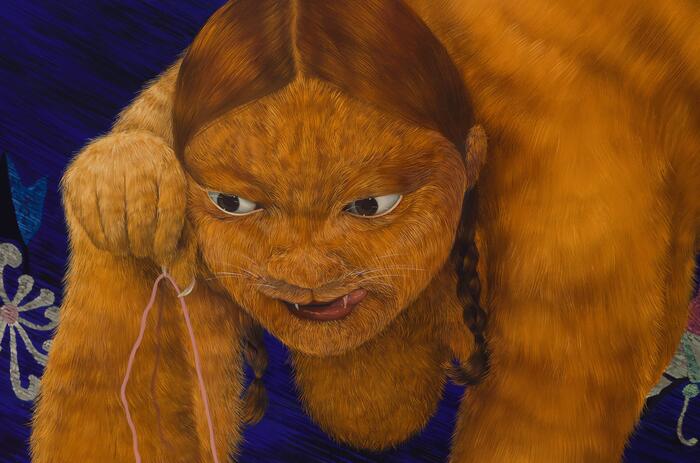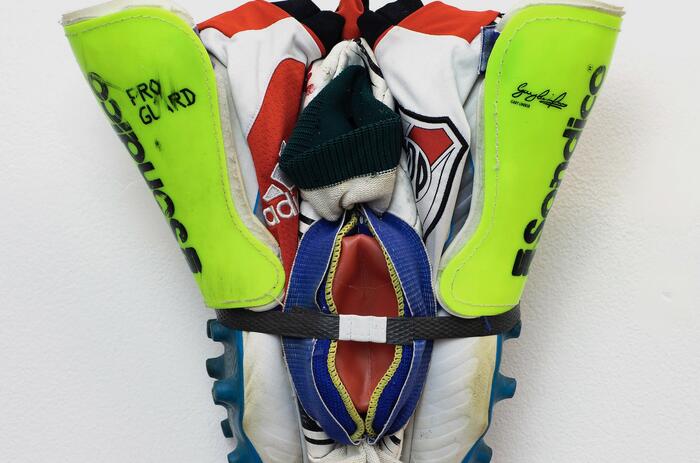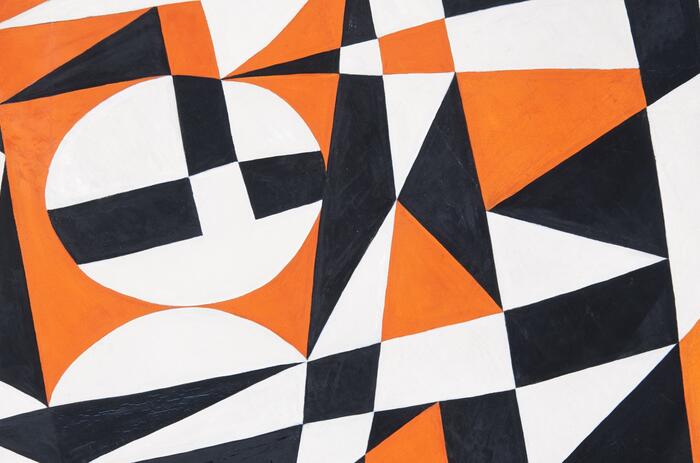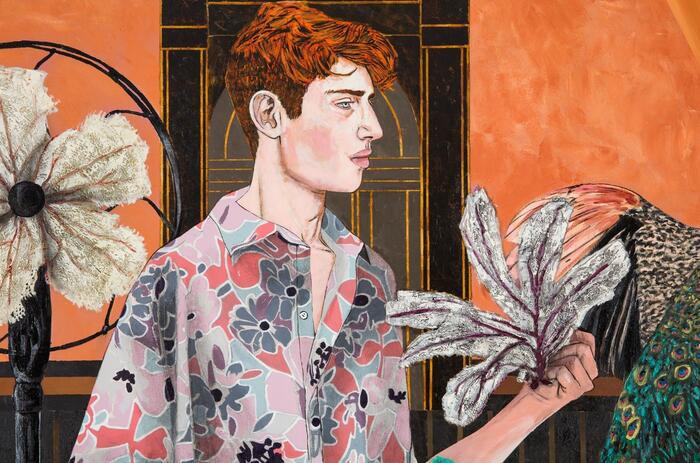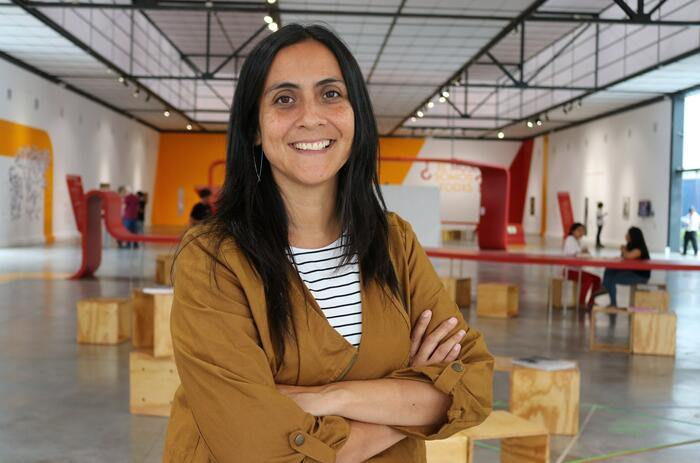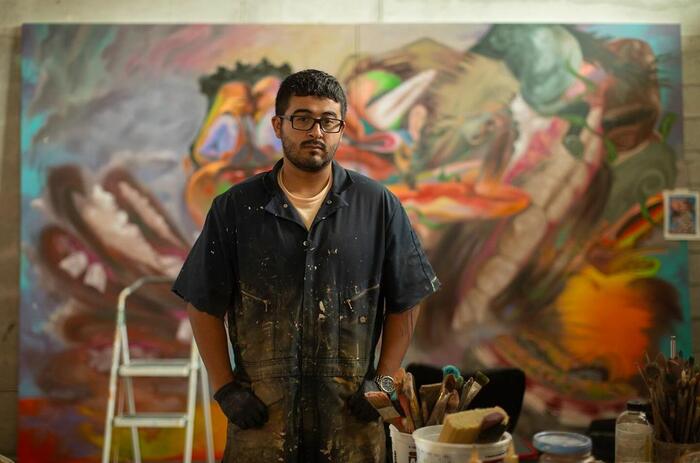VALERIE BRATHWAITE AND JOSÉ GABRIEL FERNÁNDEZ’S FUSION
Vital and veiled: Valerie Brathwaite and José Gabriel Fernández is ISLAA Artist Seminar Initiative exhibition at the University Galleries of the University of Florida. Curated by Jesús Fuenmayor and Kaira Cabañas.
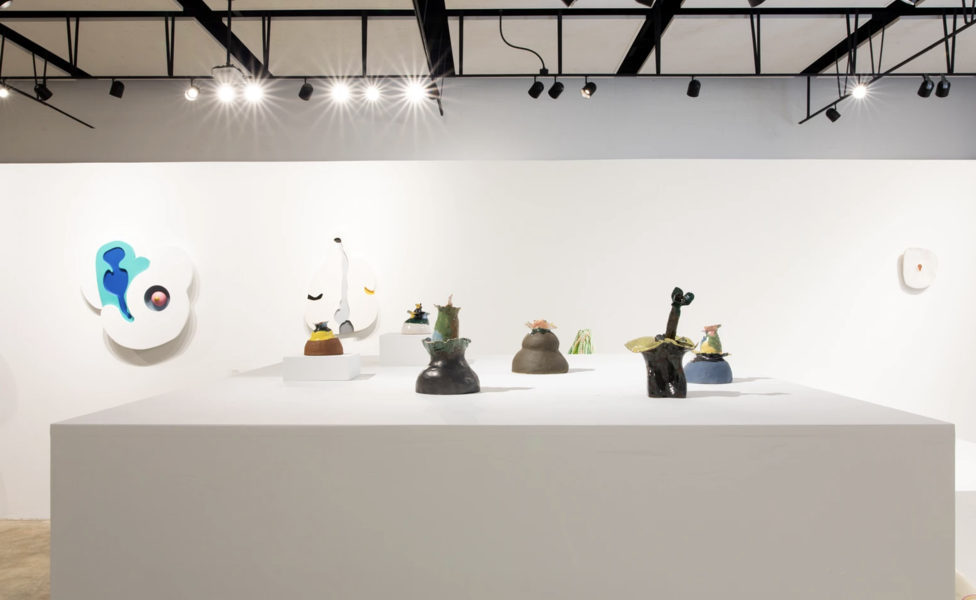
The exhibition is the culmination of the two–semester program of a curatorial seminar. Vital and Veiled: Valerie Brathwaite and José Gabriel Fernández highlights segments of each artist's most emblematic series. In the case of Valerie Brathwaite, her stones, flowers, and "soft body” sculptures, which she has been creating since the late 1960s, are a way of exploring sensuality in nature (or nature’s sensuality). Her sculptures employ a variety of materials such as bronze, clay, ceramic, plaster, cement, and fabric, resulting in a unique hybridization of collage, painting, and sculpture. Brathwaite’s sculptures are imbued with great vitalism in her forms and choice of materials, contributing to contemporary discussions around the new materialisms from her perspective as a Black woman from the Caribbean.
-
University of Florida School of Art and Art History students and faculty visit the exhibition "Vital and Veiled: Valerie Brathwaite and José Gabriel Fernández / ISLAA Artist Seminar Initiative," October 27, 2023—Jan 24, 2024, Gary R. Libby University Gallery, courtesy University Galleries, University of Florida. Photo: Bella Eur.
-
Exhibition views.
-
Exhibition views.
In the case of José Gabriel Fernández, the exhibition focuses on his explorations of representations of masculinity and veiled homoeroticism in bullfighting, which he initiated in the mid 1990s and include studies of the capote, or bullfighter’s cape, as a generative shape for his ultramodern abstract sculptures. His work marries a keen aesthetic sophistication with veiled references to sexuality and contributes to expanded narratives on queer art.
Both artists have explored sensuality through sculptural experimentation and print media in their own way. They also question how artistic practice relates to identity, a theme they began exploring before the emergence of identity politics in contemporary art. Their decades-long dedication to this type of aesthetic investigation provides another foundation for an in-depth discussion for other conversations related to contemporary art, art from Latin America and the Caribbean, and current curatorial discourses.

